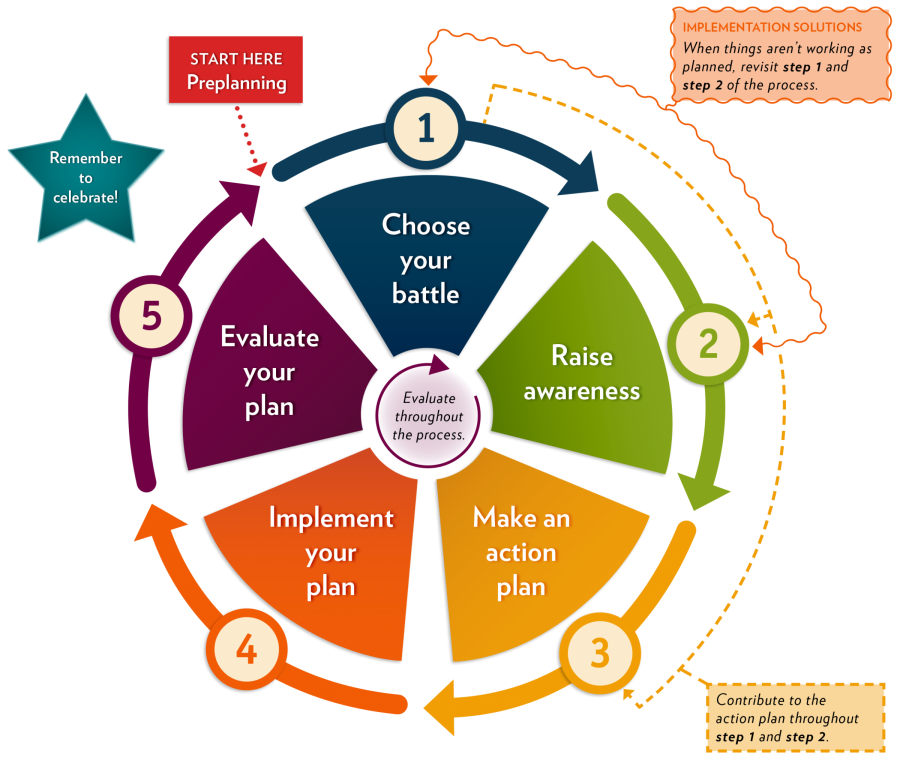
Ex Back Action Plan: A Step-by-Step Guide to Reconciliation
Reconnecting with a former partner requires careful consideration and a strategic approach. This action plan outlines a structured process for navigating the complexities of reconciliation, aiming to foster healthy communication and a potentially renewed relationship. It is crucial to understand that reconciliation is not guaranteed, and respecting the other person's boundaries and feelings is paramount throughout this process.
Phase 1: Self-Reflection and Assessment
Before attempting any contact, a thorough self-assessment is essential. This phase focuses on understanding your role in the relationship's demise and identifying areas for personal growth.
Understanding the Breakup
Objectively analyze the reasons for the breakup. Avoid assigning blame solely to your ex-partner. Identify your contributions to the relationship's problems. Were there communication issues, unresolved conflicts, unmet needs, or infidelity? Honest self-reflection is crucial for genuine growth and increased chances of reconciliation.
Addressing Personal Issues
Identify and address any personal issues that contributed to the breakup. This might involve seeking therapy, joining support groups, or working on personal habits that negatively impacted the relationship. Examples include anger management, improving communication skills, or addressing underlying insecurities.
Defining Your Goals
Clearly define your goals for reconciliation. What are you hoping to achieve? Are you seeking a renewed commitment, or simply closure? Having clear goals will guide your actions and provide a framework for evaluating your progress. Be realistic in your expectations; reconciliation doesn't guarantee a perfect relationship.
Phase 2: Re-establishing Contact
This phase involves carefully re-establishing contact with your ex-partner. The goal is to initiate positive interaction and gauge their receptiveness to reconciliation.
Choosing the Right Approach
Select a communication method appropriate for the circumstances. A simple, friendly text message might be suitable if the breakup was amicable. A more formal approach, such as a handwritten letter, might be preferable for more serious situations. Avoid emotionally charged communication at this stage. Focus on expressing your desire for a respectful conversation.
Initiating Contact
Keep the initial contact brief and respectful. Avoid lengthy apologies or emotional outbursts. Simply express your desire to talk and suggest a time and place for a conversation. Respect their response, even if it's negative. Their decision should be honored.
Managing Expectations
Manage your expectations regarding their response. They may not be receptive to your attempt at reconciliation. Respect their feelings and boundaries, and avoid pressuring them into a conversation they are not ready for. Prepare for the possibility that they may not want to reconcile.
Phase 3: Communication and Understanding
This phase involves open and honest communication, aimed at understanding each other's perspectives and addressing past issues.
Active Listening
Practice active listening during your conversations. Focus on understanding their perspective, even if it's difficult to hear. Avoid interrupting or becoming defensive. Show empathy and validation for their feelings.
Addressing Past Issues
Address past issues openly and honestly. Acknowledge your mistakes and take responsibility for your actions. Avoid making excuses or blaming your ex-partner. Focus on finding solutions and moving forward.
Setting Boundaries
Establish healthy boundaries for future interactions. This includes respecting each other's space, time, and emotional needs. Avoid making promises you can't keep. A gradual approach is often more effective than rushing into a full-blown relationship.
Phase 4: Moving Forward
This phase involves deciding whether to pursue a renewed relationship and establishing a healthy foundation for the future.
Honest Assessment
Honestly assess the potential for a successful reconciliation. Consider whether the underlying issues that caused the breakup have been adequately addressed. Are you both committed to working on the relationship? Are your goals and expectations aligned?
Gradual Rebuilding
Rebuild the relationship gradually. Avoid rushing into a full-blown commitment. Start with casual dates and slowly increase the frequency and intimacy of your interactions. Focus on building trust and strengthening your connection.
Seeking Professional Help
Consider seeking professional help from a therapist or counselor. A therapist can provide guidance and support in navigating the challenges of reconciliation and building a healthier relationship. Couples therapy can be particularly helpful in addressing past issues and improving communication.
Phase 5: Maintaining the Relationship
Successfully reconciling requires ongoing effort and commitment. This phase focuses on maintaining a healthy and lasting relationship.
Continued Communication
Maintain open and honest communication. Address issues as they arise, and avoid letting problems fester. Regularly check in with each other to ensure your needs are being met.
Shared Goals
Establish shared goals and work towards them together. This fosters a sense of unity and purpose in the relationship. Shared activities and interests can strengthen your bond.
Continuous Growth
Continue to grow and evolve as individuals and as a couple. Relationships require ongoing effort and adaptation. Be willing to compromise and support each other's personal growth.
Disclaimer: This action plan provides a general framework for reconciliation. Individual circumstances vary greatly, and what works for one couple may not work for another. It is crucial to respect your ex-partner's boundaries and feelings throughout this process. Seeking professional help is highly recommended for navigating the complexities of relationship reconciliation.
No comments:
Post a Comment
Note: Only a member of this blog may post a comment.